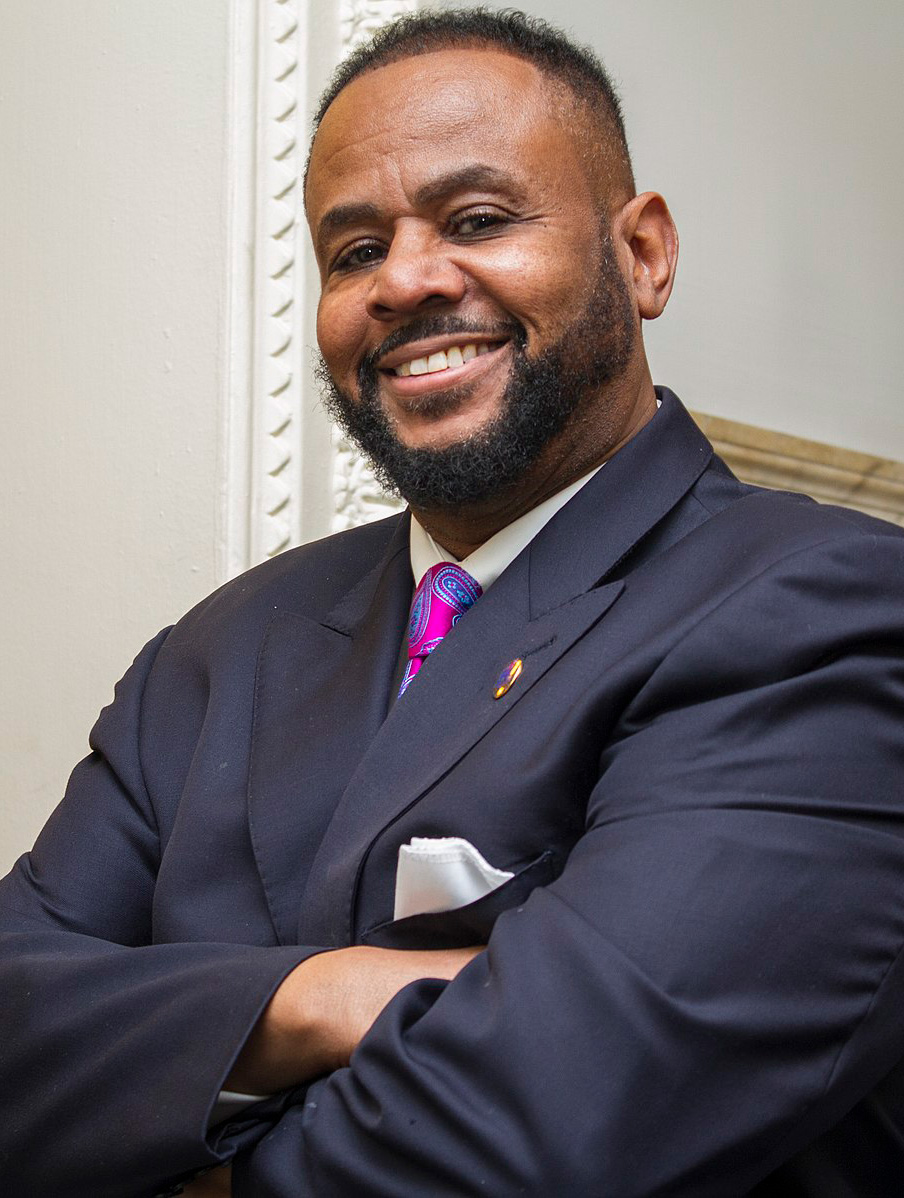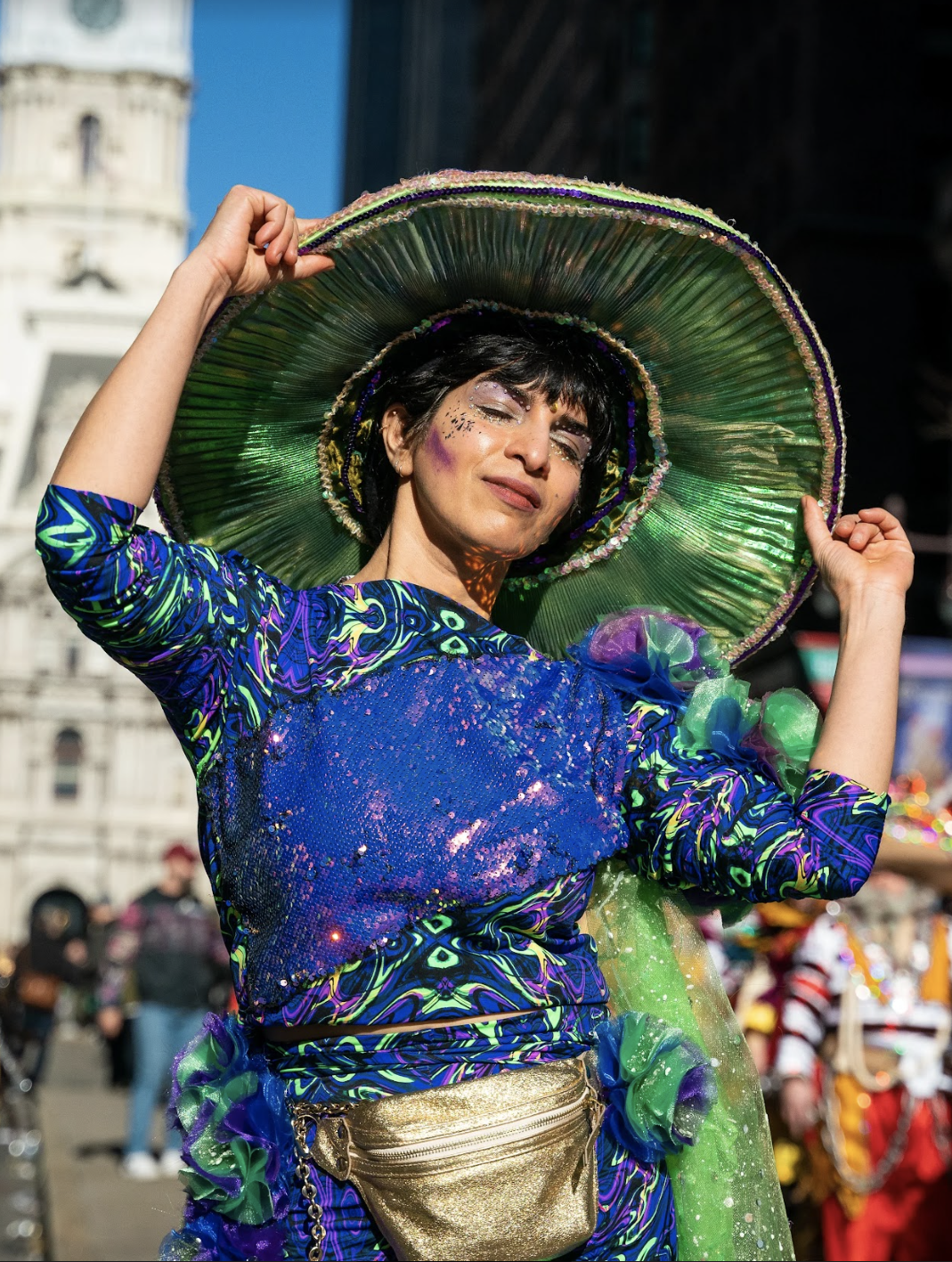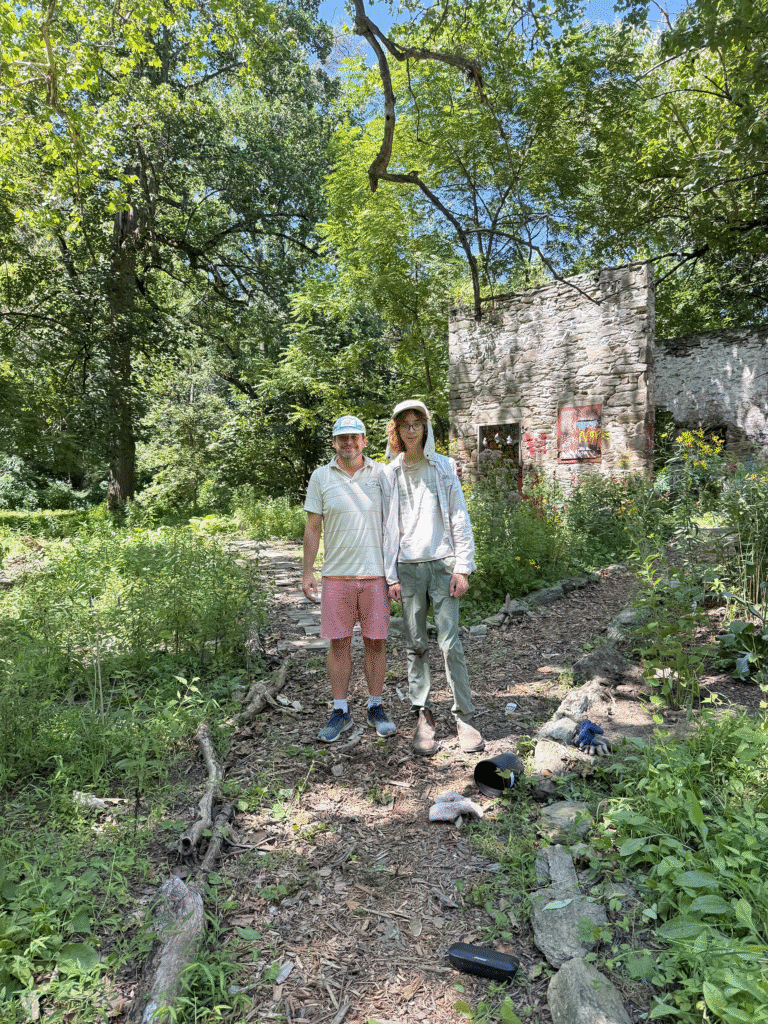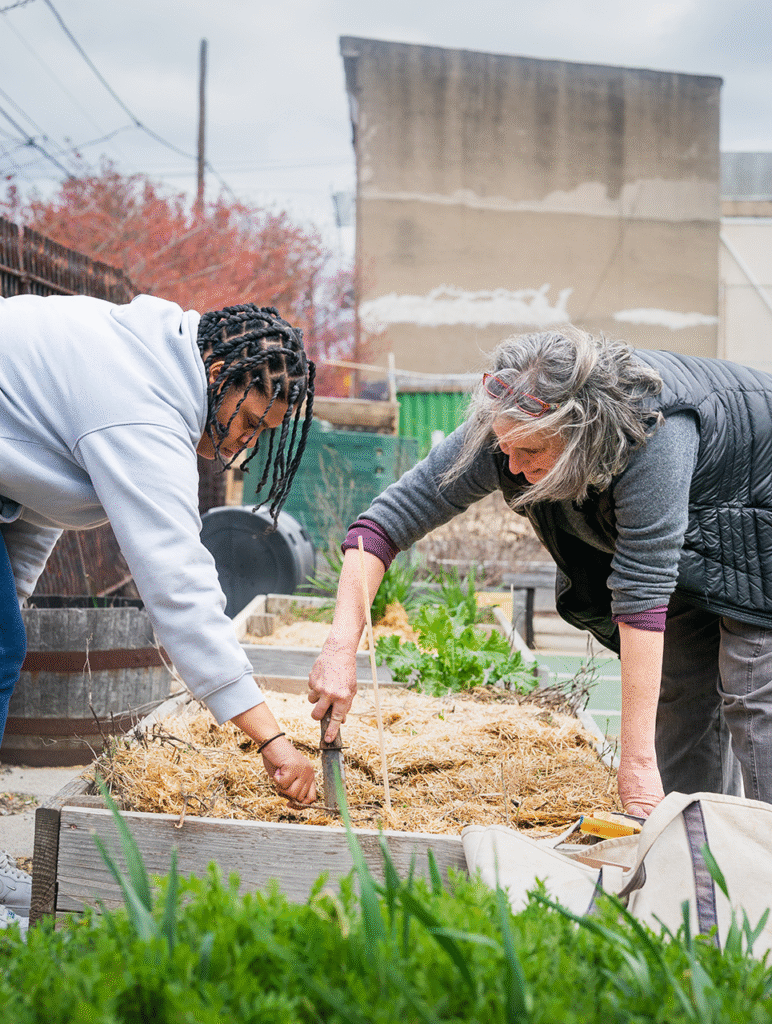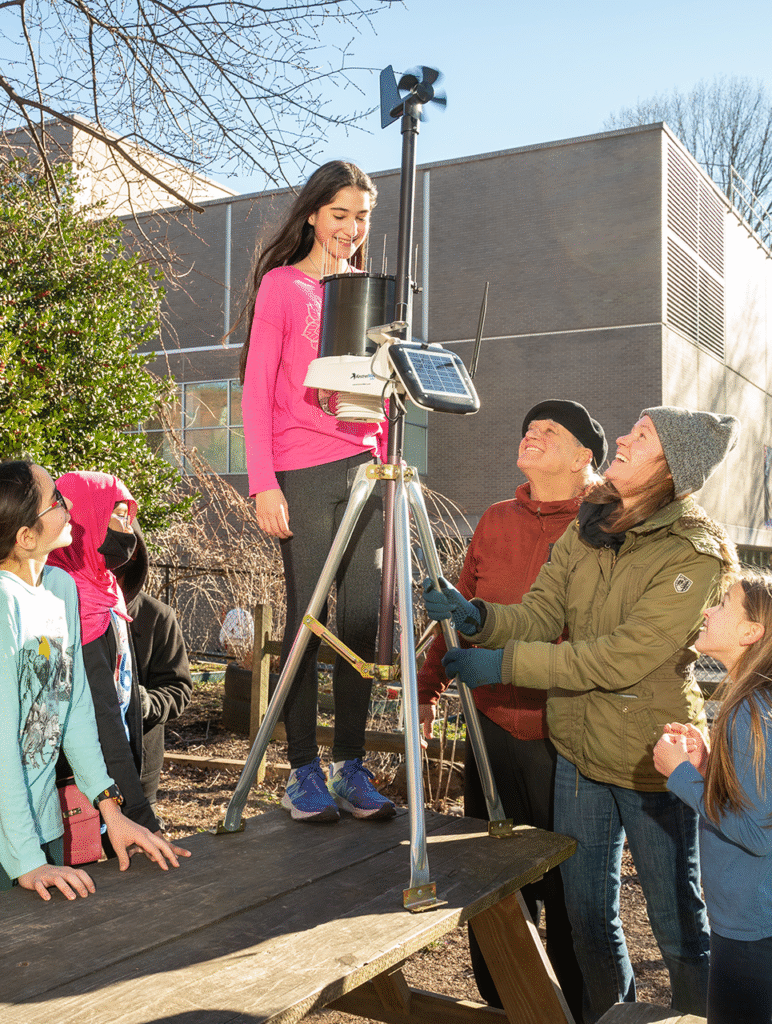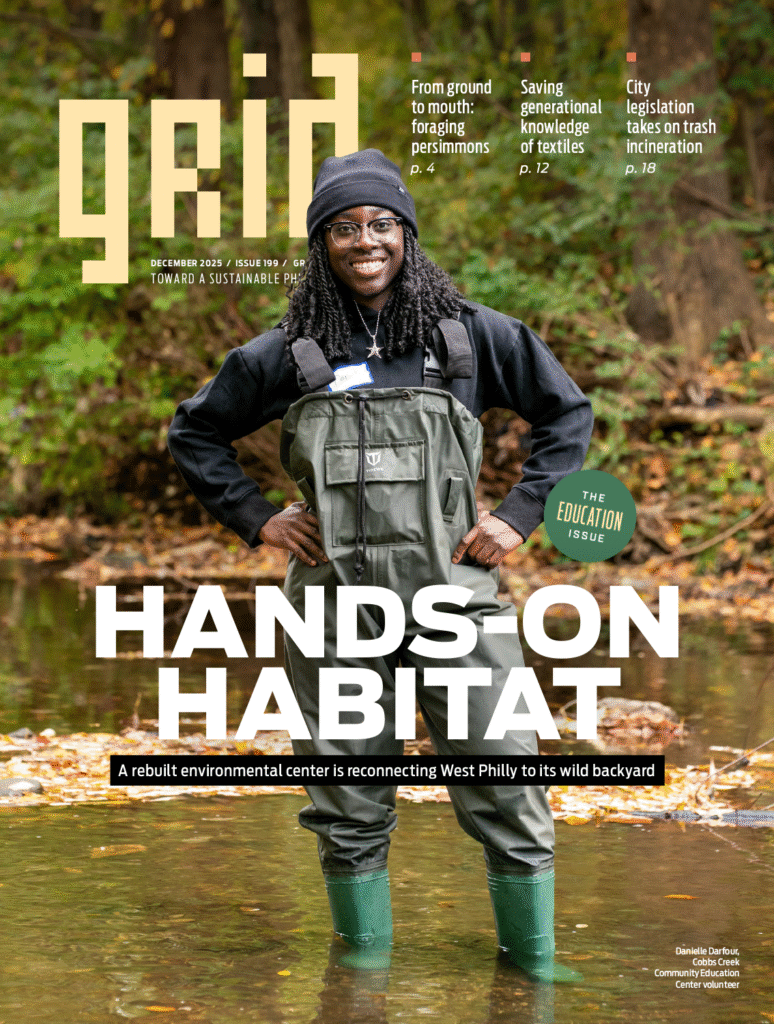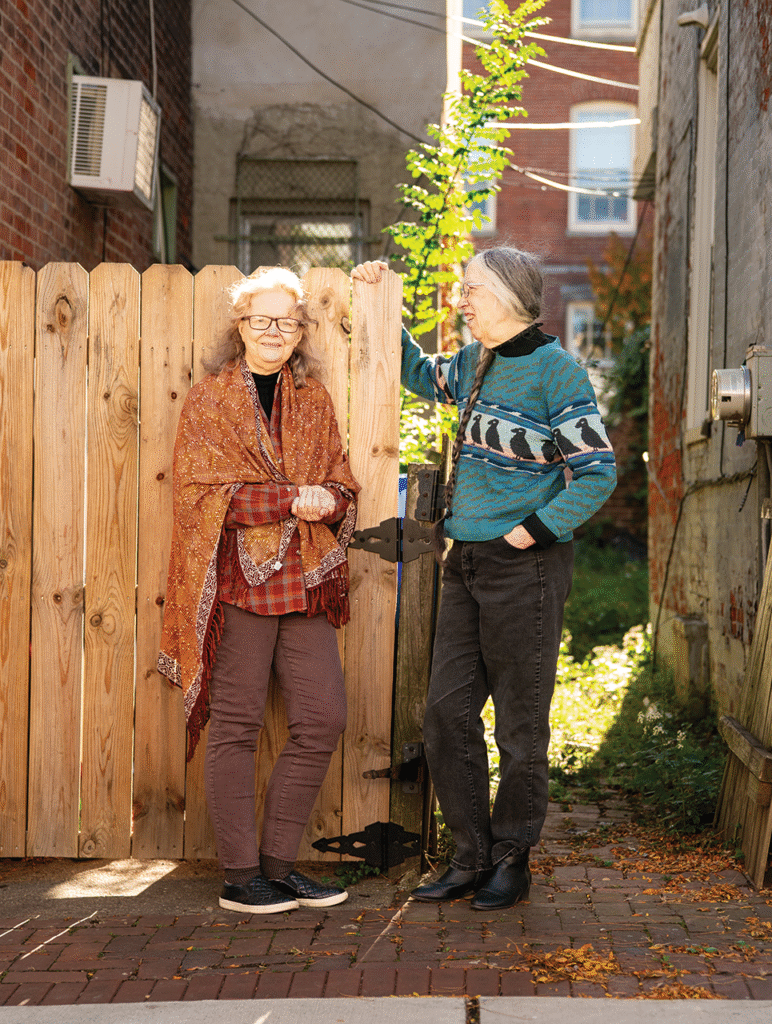A community meeting Thursday night to discuss the future of Philadelphia’s FDR Park turned into a tense and unproductive affair, demonstrating the significant gaps that exist in the City’s efforts to satisfy the disparate groups who use its hundreds of acres to picnic, play and commune with nature.
Protesters advocating for civic leaders to save the meadows that became a refuge for many during the pandemic were not allowed into the Grand Yesha Ballroom in South Philadelphia with their signs, leading to a disruptive back-and-forth between state Rep. Regina Young and some of the 400-plus community members in attendance almost as soon as the meeting began. By the time the night’s speakers had concluded their remarks, less than half an hour after beginning, a frustrated audience was begging for an opportunity to be heard.
“This wasn’t a meeting,” one woman yelled. “We want a community meeting.”
“This could have been an email,” another person shouted.
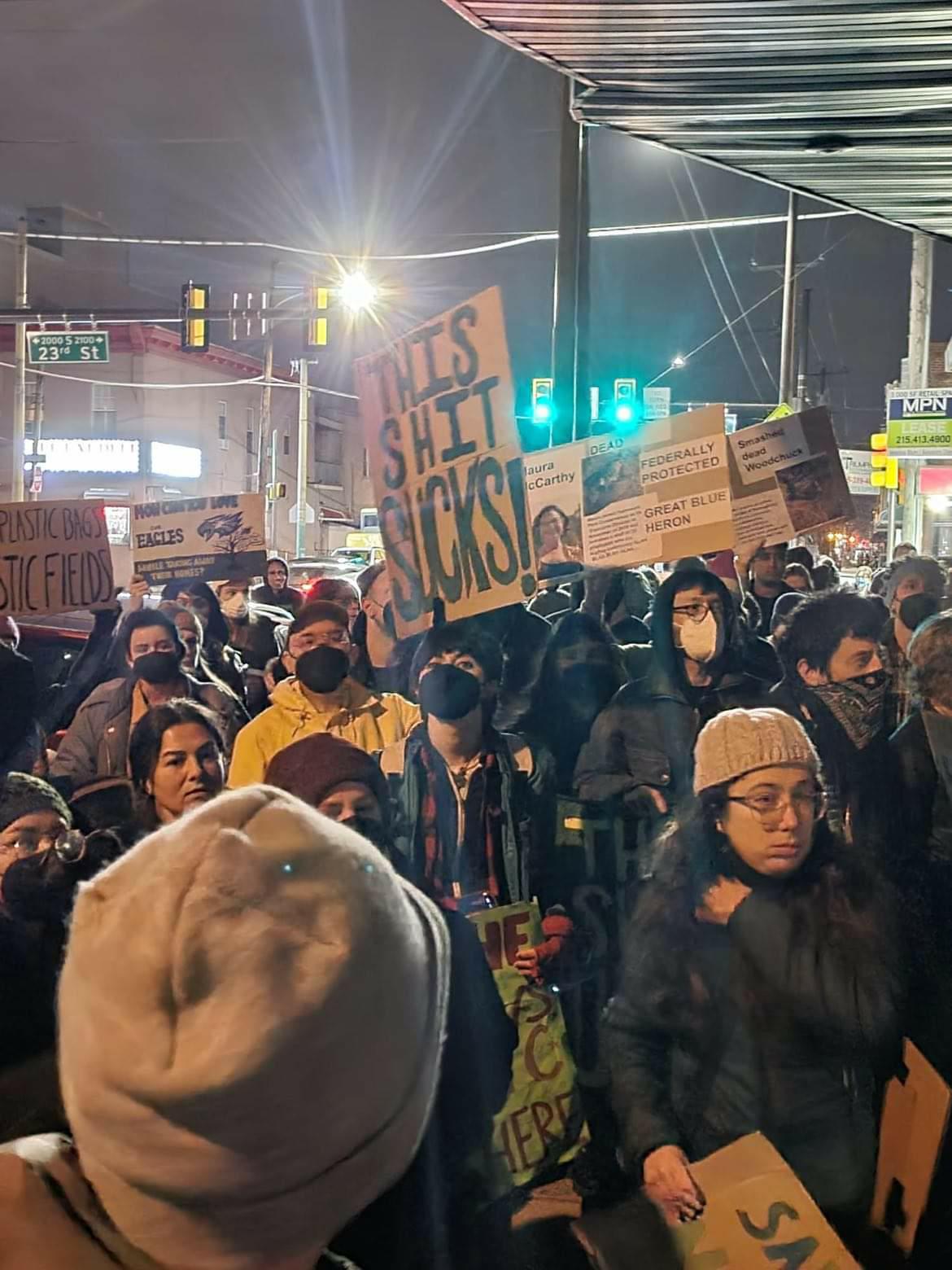
The event was billed as a community meeting, but rather than field questions and offer answers, organizers encouraged those in attendance to visit tables set up around the room’s periphery to discuss discrete aspects of the controversial master plan, including what it will mean for soccer, vendors and nature in the park. People were encouraged to leave comments at those stations. The meeting was hosted by Young; state Sen. Nikil Saval; Councilmember Kenyatta Johnson, who was not present; U.S. Rep. Mary Gay Scanlon; Philadelphia Parks & Recreation; and Fairmount Park Conservancy.
The master plan for FDR Park was unveiled in 2019, before the pandemic changed the way many Philadelphians use its wide variety of spaces, particularly the former golf course that became known as the Meadows. Signage at Thursday’s meeting touted the planned improvements in both activities and amenities, including the numerous athletic fields being developed, and access to water and nature.
“The plan increases the ecological health of the entire park, increases access and supports community-driven programming,” Maura McCarthy, CEO of Fairmount Park Conservancy, said in brief comments to open the event.
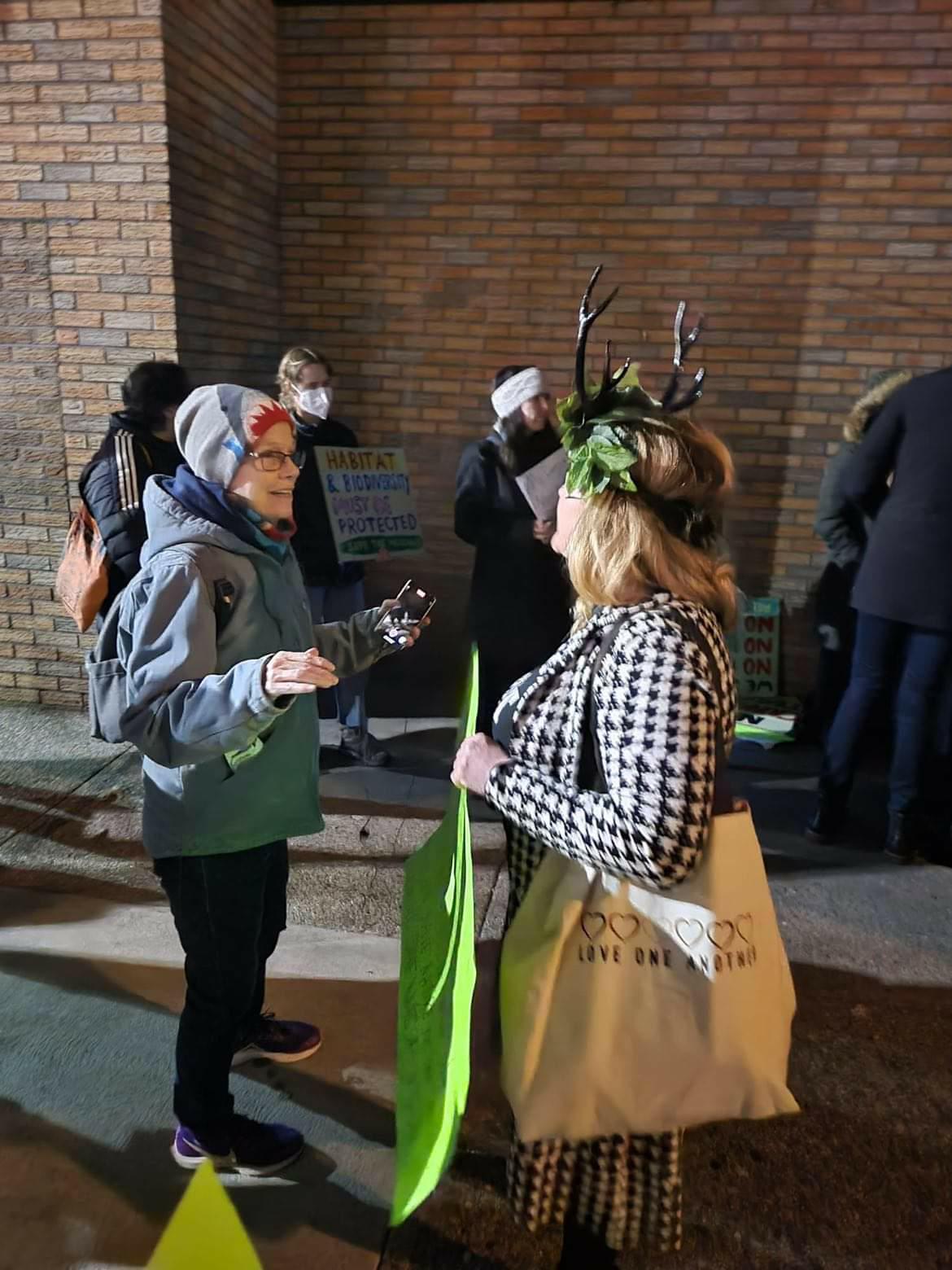
But as soon as Young began to speak and warned the crowd that signs would not be allowed into the building, community members began asking for everyone to be let in. The room was already over its 400-person capacity, Young said. Frustration and anger mounted quickly — in keeping with the intense response the master plan has drawn over the past year — and turned to exasperation when the crowd realized this would not be a typical public meeting.
The tense atmosphere overshadowed organizers’ announcement that the Southeast Asian market that has operated in the park since the 1980s will be given a permanent home in the southwest section of the park, near the newly established wetlands.
In prepared remarks, Saval acknowledged that aspects of the plan deserve further contemplation in light of pandemic-fueled changes in the way the park is used.
“There are times when there is merit to revisiting public space in the light of major events,” he said, as the audience cheered, “and I believe the pandemic is one of those events which has brought us new information and new uses. The full-scale destruction of the trails — the area known to many as the Meadows — is worth revisiting.”
After the meeting, Saval said people are clearly passionate about the proposed changes, and there is room for everyone’s interests to be reflected in the park’s development.
“It’s a mistake to pit these things against each other,” Saval said. “We can accommodate the current users of the park, who use a space that has great environmental and health benefits, and we also need high-quality playing facilities for our youth.”
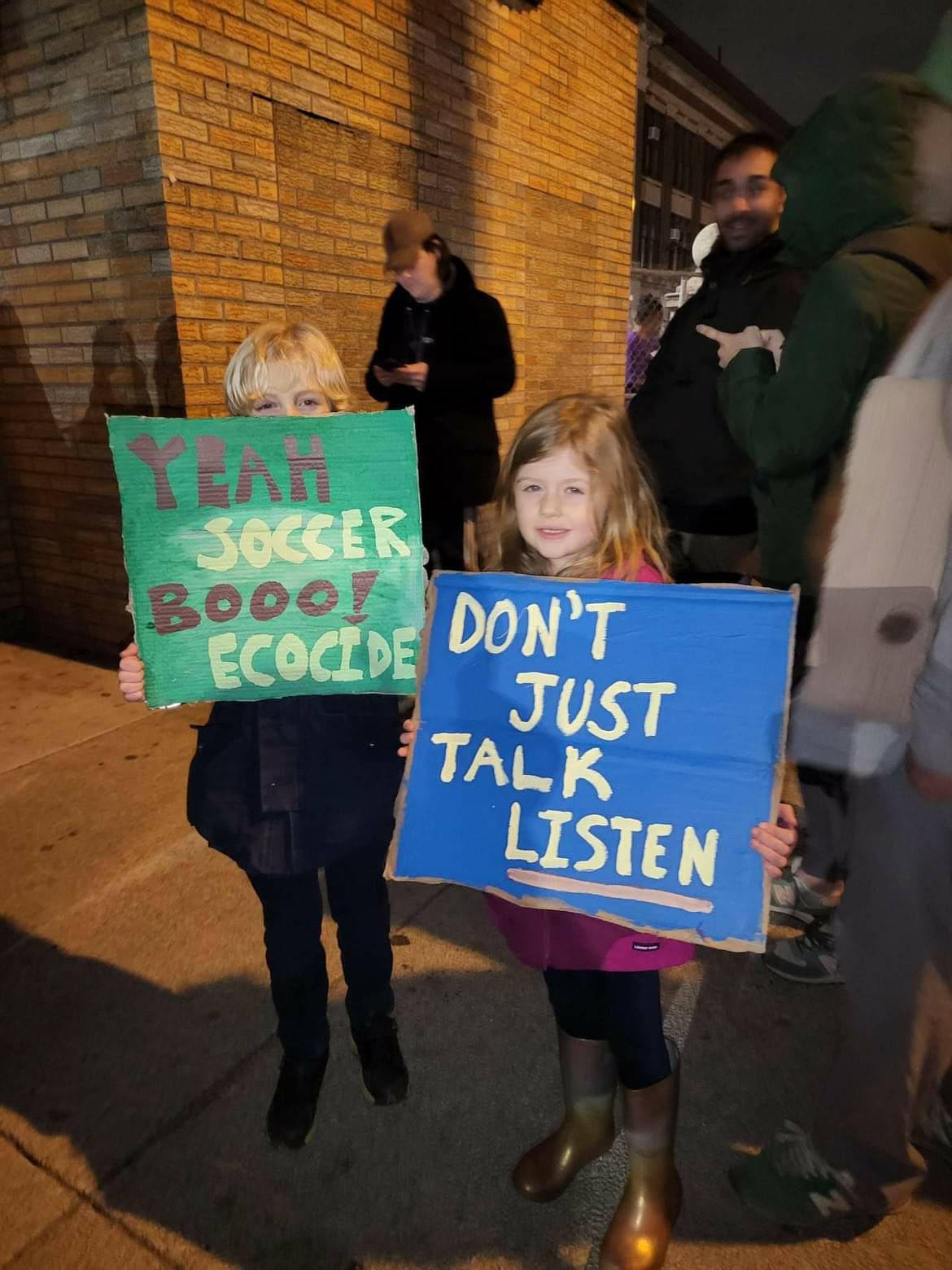
As for the structure of the meeting, Saval said he hoped any comments left at the stations around the room would be taken seriously.
The table reserved for discussions about planned soccer fields, perhaps the most contentious — or at least publicly debated — piece of the master plan in recent months because of its implications for the Meadows, remained quiet. If anyone came seeking answers to questions, it’s unlikely they left with them.
“It’s an undue burden on people to ensure that they come to every public meeting and that everything be done piecemeal by public process,” Saval said. “Of course you want to engage the public, but you want to do so systematically so you’re not excluding people.”
Organizers said a follow-up virtual meeting will take place in March.



